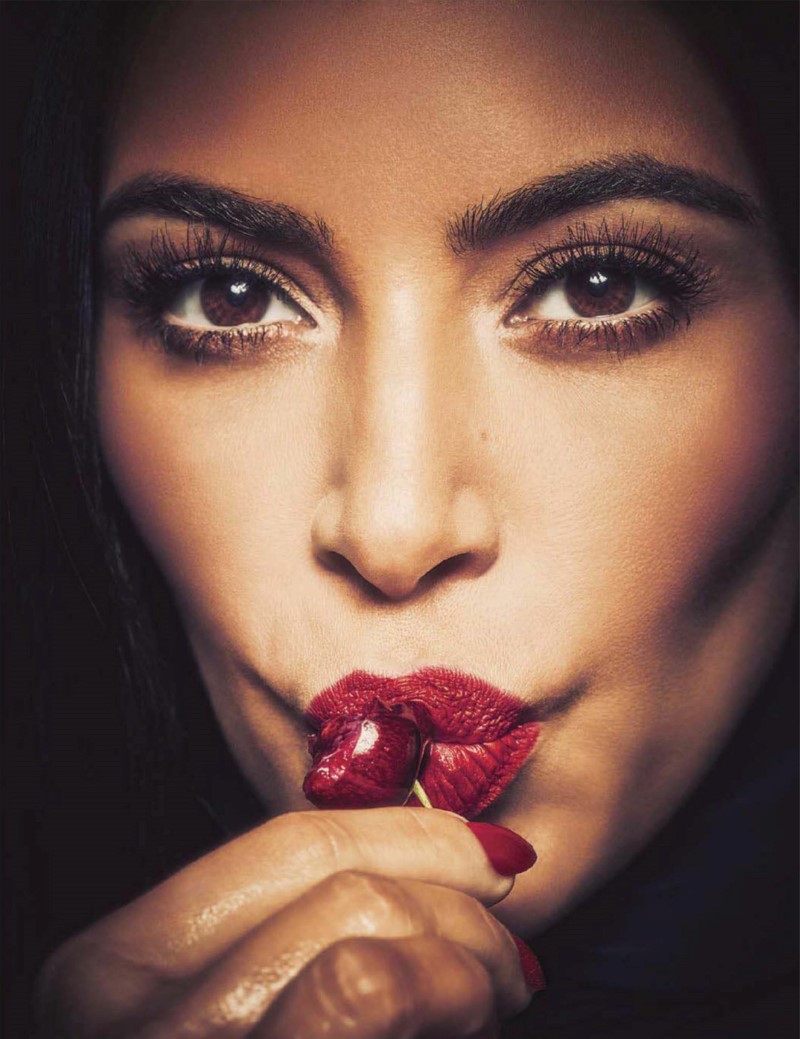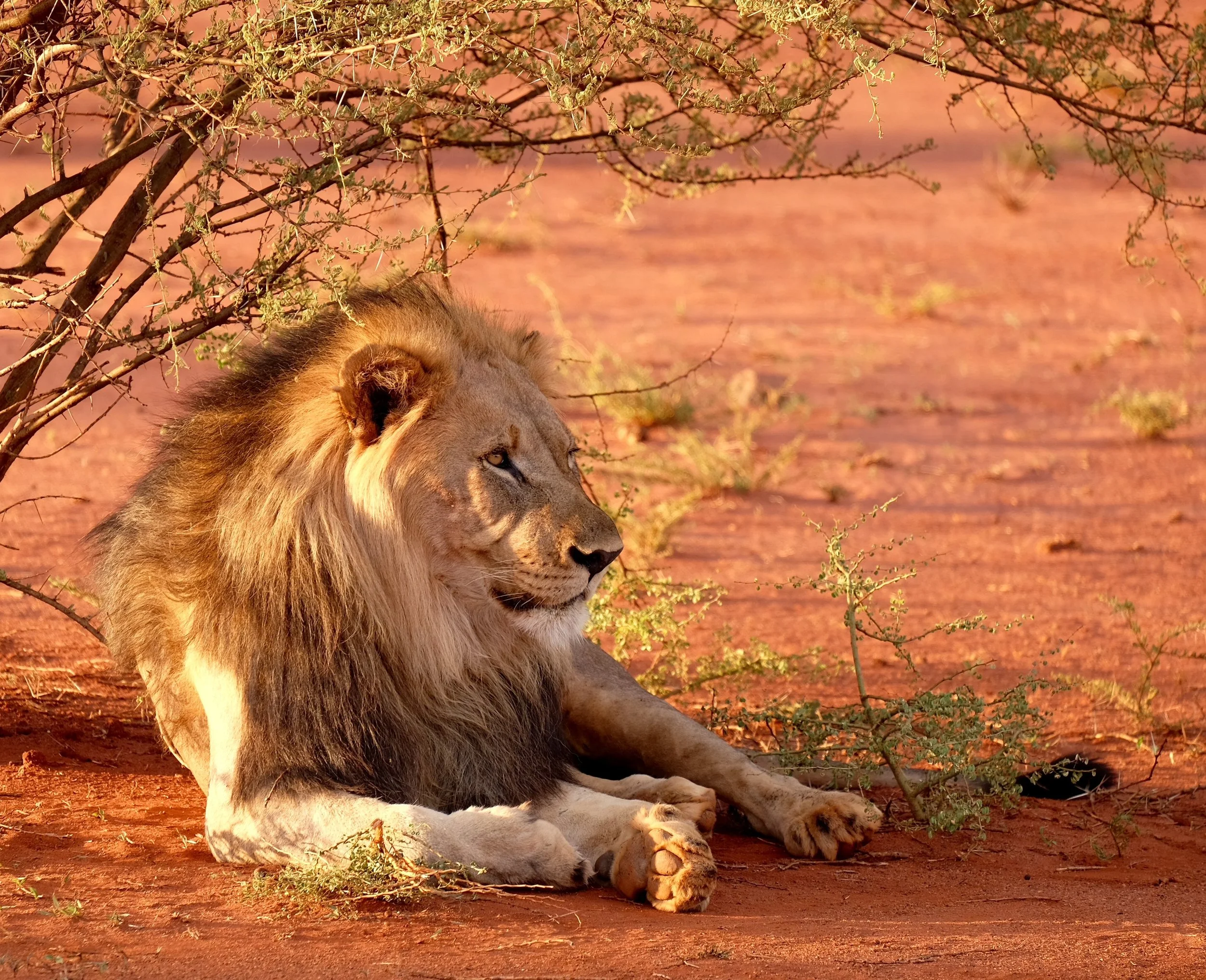Are CZ-USA, Kansas City, KS Made In USA Rifles The Top Gun Used To Poach Big Game In Africa?
/Kathi Lee Austin of ConflictAwareness.org
Are CZ-USA, Kansas City, KS Made In USA Rifles The Top Gun Used To Poach Big Game In Africa?
Now that all the holiday food is settling into our fat cells for a long winter's nap, and Trump has pissed all over our country in the worst Christmas Day message I've ever heard, let me begin by saying that I did not just like the FB page for “CZ-USA, Kansas City, KS,” rifles, thinking that my closest friends might have a total meltdown.
If I liked the company, them this post would tag their wall, but then I would be bringing down a hornet's nest of gun lovers on my wall, and -- in retrospect -- I don't really want to do that. Elephant killer Donald Trump Jr -- or just 'Junior' as Alexandria Ocasio-Cortez calls him -- would probably show up in person to give us all a big lecture on the thrill of killing wild beasts. Speaking of wild beasts, his father is absolutely behaving like one. Sorry, I digress.
However, this New York Times article How Did Rifles With an American Stamp End Up in the Hands of African Poachers? hit me between the eyes this morning, and they were barely open. NOTHING IS DEFINITE YET, and of course, the gun manufacturer 'CZ-USA' denies, denies, denies that they have anything to do with the reality that their rifles -- not the ones manufactured by their parent company in the Czech Republic -- are being investigated as being the #1 rifle poachers are using to kill the elephants, rhinos, lions, tigers -- you name it -- in Africa.
Like somehow “CZ-USA, Kansas City, KS,” got carved into the metal. It's a branding mistake. You know . . . like Trump makes major branding mistakes every day. This is just all about bad marketing.
While this is not a girl's only investigation, one lady in particular is in the lead: Kathi Lynn Austin.








